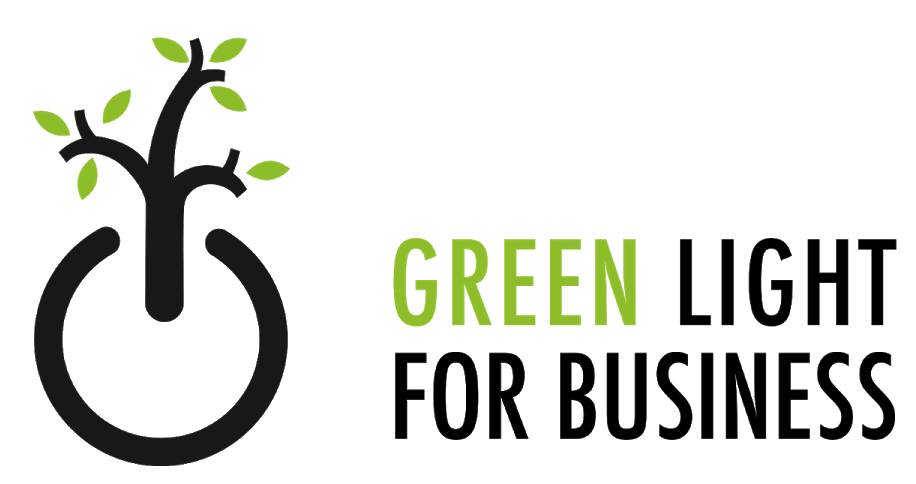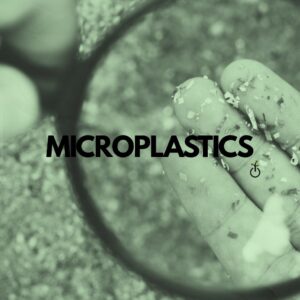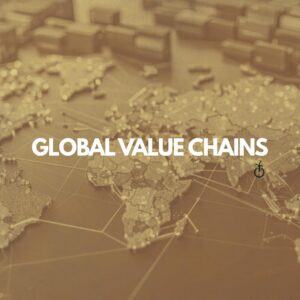Analyzing the effectiveness of small and big-scale fashion brands through upcycling
It’s a fact that the large-scale fashion industry is based on unsustainable practices, and the recent greenwashing wave in the sector showed how hard and manipulated are practices to develop real sustainable dynamics and products. The greatest example of this is the fast fashion sector, which system is based on low-quality, mass production and sustainable degradation. However, High Fashion is also a major player in unsustainable practices, being responsible for trends and concepts dissemination. The deeper the understanding of high fashion difficulty in real sustainable practices, the clearer the effectiveness of small-scale brands in doing so. In this way, the goal of this article is to compare this efficiency contrast through the difference in upcycling applications for large- and small-scale brands.
Upcycling trend
In early 2021, a new “upcycle” trend emerged among the high fashion brands, a concept defined by the Cambridge dictionary as “to make new furniture, objects, etc. out of old or used things or waste material”. Jackets, dresses and purses were designed with scrap materials, from deadstock to worn damaged garments, by brands like Stella McCartney, Dries Van Noten, Jacquemus and Balenciaga.
The trend didn’t persist for so long. By mid-2021 the focus on upcycling was limited to a few high-brand collections and the fashion media did not present the idea as the “biggest compliment for your designs”, quoting Stella McCartney in March 2021.
Beyond the short-life fame in the field, the concept yielded new designs, particularly for Balenciaga. In December of the same year, the brand launched a purse “inspired” by upcycle visuals, however, made by new materials, and based on the “deconstruction” of shoes. Furthermore, the Winter 2022 collection’s bags are inspired by garbage bags, made of new leather and cost up to $1,800, summing up to the manipulation of the upcycling concept for the general public.
However, the contradiction was not noticed or criticized by the major public or media and this new design background became part of the brand. The critics are concentrated among supporters of the sustainable fashion field and activism organizations.
Contrasting scales and materials
For large-scale brands, upcycling material is based on fabric leftovers and waste, meaning that the brand generates new garments within intern production material which would be discarded. In such a scenario, the implementation of upcycling-based garment design and production is limited by the data transparency and management of the waste and leftovers. This point is crucial since the information is usually not available to designers and is not properly analyzed through the production line in the common fabric system. When doable, the process makes it possible for up to 80% of the material to be upcycled in new garments such as jeans and dresses.
On other hand, small scales initiatives can present a completely different approach regarding upcycling. A majority of those still base their production on textile leftovers and waste, buying from bigger producers or creating new product designs focused specifically on these materials. However, in recent years, new brands are emerging in the sustainable fashion field, focusing their material not on textile waste, but on completely alternative up-cycled sources, such as rubber tyres. These initiatives, such as O Regressa, a Brazilian producer of purses made from rubber tyres, caps by airbag textiles and other products fully based on upcycling, have a greater impact than intern waste use. Initiatives in this scope transform waste not generated by bad management or non-sustainable practices, but day-by-day use, into a resource for a durable goods. Other examples are the Portuguese shoe producer Undo For Tomorrow, which uses rubber tyres and even party balloons as material, and the British Pangaia, which uses grape skins. These small-scale initiatives represent the real fashion transformation, an opportunity for new designs, circular economy application and proper sustainable dynamic in one fashion brand.
Conclusion
Although gradual interest and attempts to apply upcycling at the industrial level, the large-scale brands have a limited range of applications for upcycling contrasting with the small-scale ones. For those interested in upcycled garments, small initiatives can develop their entire dynamic and production line on optimizing sustainability, positive impact and circular economy through their upcycling, strongly different from high-fashion and large-scale sectors, which when applies upcycling is usually through profits and trends as the main focus.
By Lucas Baso Lestido
Bibliography:
- · Aus, R., Moora, H., Vihma, M. et al. Designing for circular fashion: integrating upcycling into conventional garment manufacturing processes. Fash Text 8, 34 (2021). https://doi.org/10.1186/s40691-021-00262-9
- · “Resale leader The RealReal takes on upcycling”, Vogue Business, 25 March 2021, https://www.voguebusiness.com/sustainability/resale-leader-the-realreal-takes-on-upcycling
- · “Upcycled fashion for everyone, a possibility?”, Fashion United, 5 January 2022, https://fashionunited.uk/news/fashion/upcycled-fashion-for-everyone-a-possibility/2023010567082
- · “One man’s trash is Balenciaga’s $1,790 garbage bag”, Highsnobiety, https://www.highsnobiety.com/p/balenciaga-trash-bag-release-date-price/
- · “Balenciaga’s Hourglass Bags Have Been Given The ‘Upcycled’ Treatment”, Bagaholicboy, https://bagaholicboy.com/2021/09/balenciagas-hourglass-bags-have-been-given-the-upc ycled-treatment/




